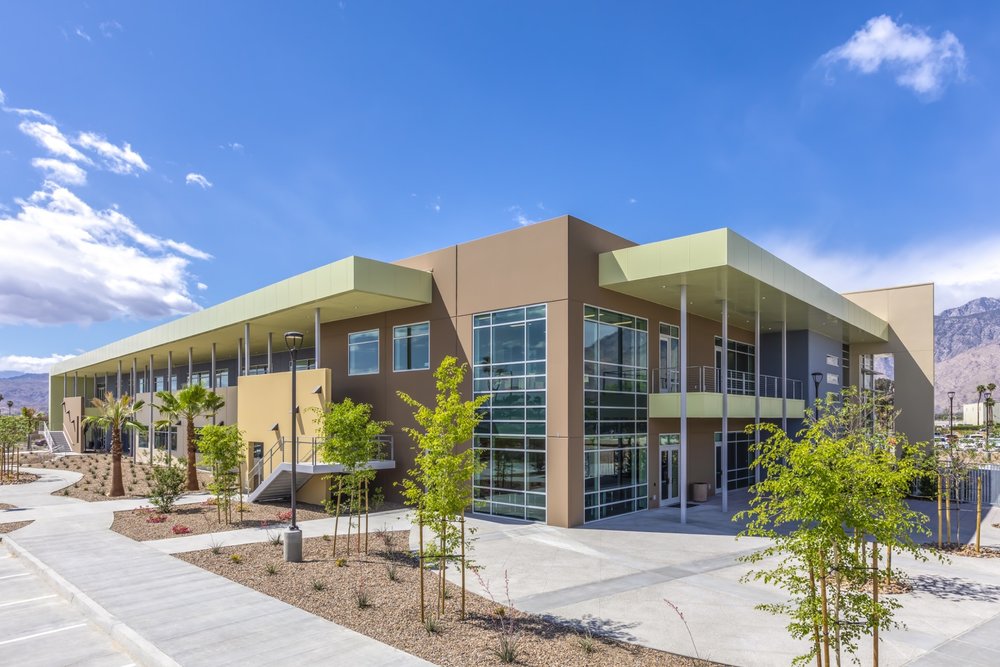While students enjoyed summer vacation in Millbury, Massachusetts, district administrators Gregory Myers and Jennifer Bellville reflected on engaging teachers and evaluators around collecting feedback from students last year. Greg and Jenn discuss with Panorama how they worked with the teachers on the district’s Educator Evaluation Committee to make key decisions and to champion the survey project across the district.
Greg Myers, Superintendent of Schools, and Jenn Bellville, Director of Curriculum, Instruction, and Assessment, caught up with Liz Breese from Panorama Education about how Millbury launched its student feedback program last year in collaboration with the Educator Evaluation Committee and about plans for surveys next year.
"We wanted the members of the Educator Evaluation Committee to make key decisions regarding the survey program and we wanted all of the members to be able to explain why decisions were made."
—Jenn Bellville, Director of Curriculum, Instruction, and Assessment
Liz Breese: Hi Greg and Jenn, thanks for taking some of your summertime to chat. I’ve heard from my colleagues that I should ask you about your proactive engagement with your teachers to build enthusiasm for the survey program in Millbury.
Greg Myers: We’re glad to share what we’ve learned with other districts. I’ve been a teacher in Massachusetts since 1995, and I’ve always found that educators in Massachusetts are really focused on sharing best practices. There’s camaraderie in learning from other districts, and we’re happy to contribute to that.
LB: I'd love to talk about the beginning of last year when you wanted to introduce student feedback on teaching to Millbury Public Schools.
GM: It’s new for many of our teachers to get formal feedback from students. I made it a point to chat with faculty members, and they had many great questions and some valid concerns. I realized we needed to make the student feedback process relatively low stakes for now as we build trust.
In order to address some of their questions, I presented plans for student surveys at faculty meetings in each school, and principals also talked about plans for student surveys at other faculty meetings.
One of the questions I got in every school building was about confidentiality of students’ responses and whether data would actually be kept confidential. Explaining that Panorama would manage our district’s data gave the teachers a lot of comfort about confidentiality.
In general, I found that presenting at these meetings lowered the temperature and cleared up some questions and possible misconceptions about student surveys.
LB: You mentioned wanting to keep student feedback “low stakes” this year. What did that mean in practice at Millbury?
Jenn Bellville: Teachers got reports emailed to them directly from Panorama. That data is for them, to help them think about their teaching. This year, teachers aren’t required to share the feedback data they get from their students with their evaluators.
Instead, evaluators asked teachers to bring reflections to their year-end conversations. We asked that teachers share one aspect of the feedback data that they thought validates their practice or expertise and one thing that surprises them or highlights a challenge.
LB: Let’s take a step back to talk about the planning process. You engaged your Educator Evaluation Committee, which is comprised of teachers and evaluators from each of the schools in Millbury. How did you engage them about student surveys?
JB: Conversations with the Educator Evaluation Committee took place over the course of many weeks. We wouldn’t have moved forward with the survey program without their support.
Once we had the enthusiastic support and partnership from Committee members, we looked for two things. We wanted the members of the Educator Evaluation Committee to make key decisions regarding the survey program and we wanted all of the members to be able to explain why decisions were made so that the context and the thought behind key decisions would spread across the district.
LB: What were the decisions that were made by the Educator Evaluation Committee?
GM: First, the Committee recommended that teachers’ results should not be shared directly with evaluators in the first year. And that’s how we handled it.
We used the Massachusetts Department of Elementary and Secondary Education Model Feedback Instruments, which has a standard version and a shorter version. The Educator Evaluation Committee decided we should use the shorter version for the first year.
Many teachers were concerned that longer surveys would take away too much instructional time. The teachers on the Educator Evaluation Committee have a better sense of the rhythms of the school day in each building than I do as an administrator, so we relied on them to suggest how best to minimize disruption to instruction.
LB: How did the teachers recommend handling survey-taking so that instruction time wouldn’t be compromised?
JB: In 7th and 8th grades, we used a break in state testing to give the surveys, and in 9th through 12th grades, we used study hall periods. We were very pleased that we worked with the faculty to set up a plan so that class time wasn’t taken away.
LB: Before I let you get back to preparing for the 2015-2016 school year, I want to ask you what’s next for collecting feedback in Millbury?
GM: I have two goals on my mind for next year. I want to make sure that the questions we’re asking are directly linked to our district plans, so that we can measure whether we’re moving in the right direction on our district-wide targets.
I also want to give students more of a heads-up on what the questions are going to be and to build familiarity with the questions across everyone in our district.
Now that we are more confident that we have found a way to administer surveys to students without taking away class time, we can do two or three rounds next year to be sure we are collecting valid data and the feedback we want to get from our students.







